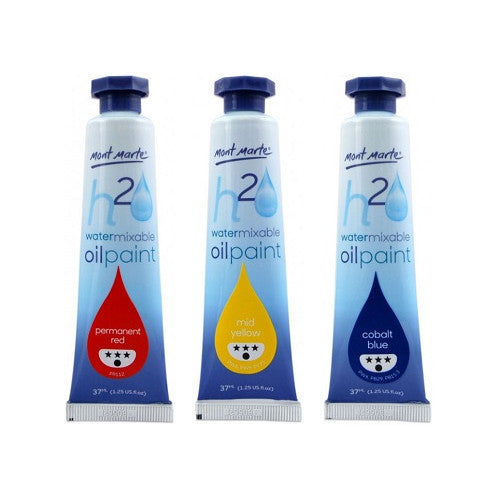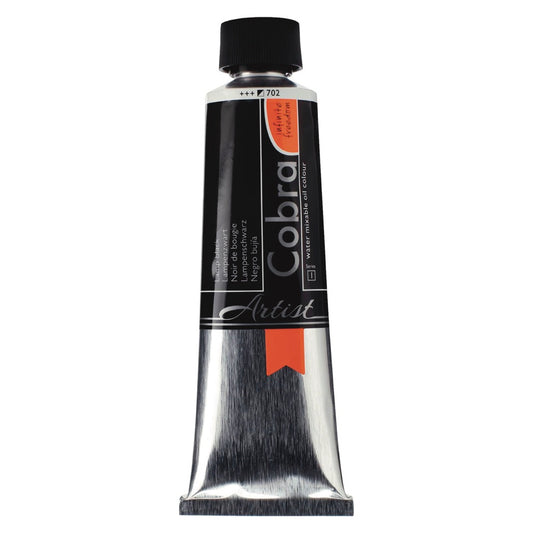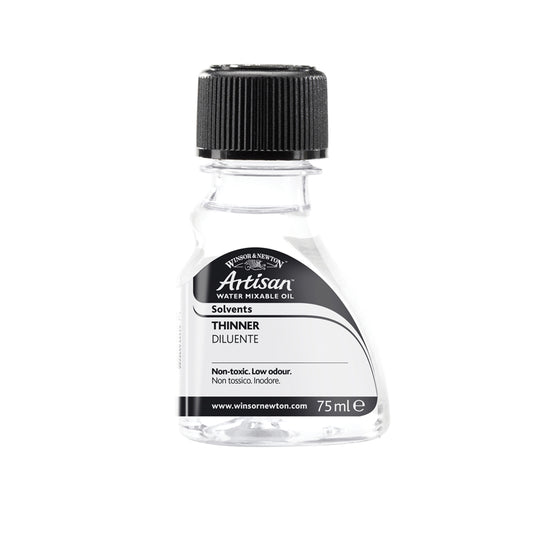
Are Water-Mixable Oils as Good as Traditional Oil Paints?
Share
Water-mixable oil paints have been gaining popularity, especially among artists looking for a more convenient and less toxic alternative to traditional oils. But how do they actually compare? Let’s break it down.
What Are Water-Mixable Oils?
These paints are real oil paints, but with one key difference—they’re made with modified oils that can mix with water. This means you can thin them and clean up without needing harsh solvents like turpentine.
They handle a lot like traditional oils, allowing for everything from thick impasto textures to smooth, blended layers. That said, some artists find the texture slightly different—sometimes a bit stickier or "gummier" straight from the tube.
Drying Time and Finish
Water-mixable oils dry in two steps: first, the water evaporates, then the oil oxidises just like regular oil paint. If you thin them with water, they’ll dry faster—sometimes within minutes for thin layers. Thicker layers or paint mixed with mediums will take longer, often a few days.
One thing to note: if you use water to thin the paint, the finish can be a bit more matte. If you prefer a glossy look, you’ll want to use specific mediums to achieve that shine.
Colour and Mixing
When it comes to pigment load and vibrancy, water-mixable oils hold up well against traditional oils. Some brands might have slight differences in consistency—some paints come out a little thicker—but this can be adjusted with mediums to get the right flow.
Health and Environmental Benefits
One of the biggest perks? No more nasty solvents! You can clean brushes and thin paint with water, which makes for a healthier, safer studio—especially if you’re sensitive to strong fumes or working in a smaller space.
The Verdict
Traditional oils have their charm, but water-mixable oils are a fantastic option for artists who want the richness of oils without the hassle of solvents. If you’re curious, it’s definitely worth giving them a try!


















